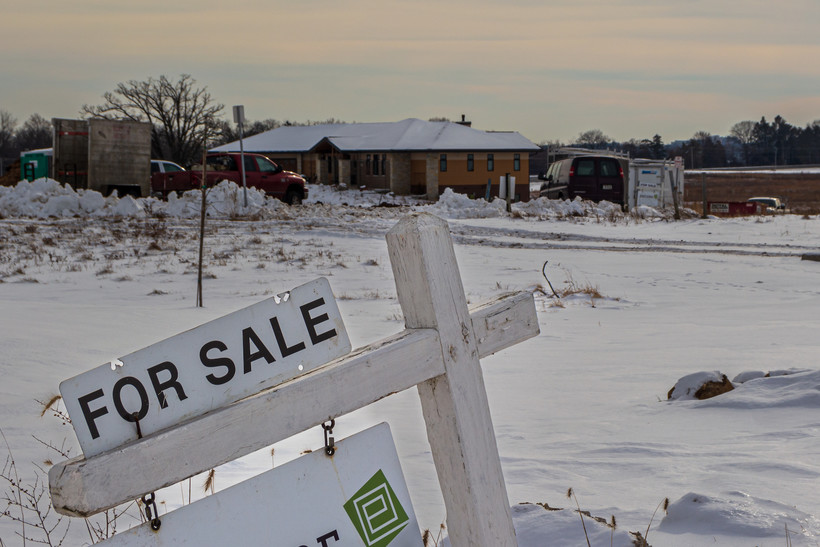Outdated zoning makes addressing Wisconsin's housing shortage more difficult
Wisconsin’s housing shortage is expected to worsen by the end of the decade, and outdated zoning codes could make it harder for municipalities to address the issue.
A new report from Forward Analytics, the research arm of the Wisconsin Counties Association, found the state needs to build at least 140,000 housing units by 2030 to keep up with current demand. If Wisconsin hopes to increase its working-age population by the end of the decade, the number of housing units needed jumps to 227,000.
The report said the number of baby boomers retiring and remaining in their homes long after retirement is expected to exacerbate Wisconsin’s housing shortage, making it difficult for younger workers to find affordable housing.
As a result, Forward Analytics Director Dale Knapp said more young people are living with their parents longer than previous generations.
“They can’t find affordable housing wherever they are living or working,” he said. “The second component is school debt. The school debt payments are so big that it’s just not within their budget.”
With more affordable entry-level housing, roughly 52,000 young adults could have joined the housing market in 2020, Knapp said. And the study shows 20,000 to 30,000 affordable housing units are needed to solve the problem for young adults.
One of the barriers to providing affordable housing is restrictive zoning codes that often favor single-family homes.
In the Fox Valley’s city of Neenah for example, a developer planned to redevelop a 27-acre middle school property into a mixed-use housing development that consisted of apartments, single-family homes, duplexes and townhouses. But the property needed to be rezoned to accommodate the development.
In early December, the Neenah City Council voted against rezoning the property after pushback from neighborhood residents. The developer has been given more time to garner city approval, and has proposed reducing the number of apartments and eliminating duplexes and townhomes from the project.
The lack of quality housing, adequate housing, workforce housing is a problem — probably a crisis in just about every community
- Jerry Deschane
Single-family zoning often ‘reinforces redlining’
In 2021 and 2022, the League of Wisconsin Municipalities partnered with the Congress for the New Urbanism to develop a toolkit aimed at helping cities, towns and villages revise their zoning codes to promote affordable housing.
They looked at zoning codes in five case study communities ranging in size. Those communities were Eau Claire, Horicon, Ripon, Waukesha and Waunakee.
“The lack of quality housing, adequate housing, workforce housing is a problem — probably a crisis in just about every community,” said Jerry Deschane, executive director of the League of Wisconsin Municipalities. “But it can seem so big and scary that it’s almost impossible to tackle.”
He said the toolkit gives municipalities small tweaks to zoning codes that will offer more flexibility for multifamily housing units and mixed-use housing developments.
A few of the recommendations include allowing multi-unit housing in single-family zoning districts that historically included two-family units and allowing for accessory dwelling units, also known as in-law suites or backyard cottages, in all single-family districts.
Other recommendations address lot setbacks, eliminating parking minimums and allowing residential uses in commercial zoning districts.
Since the 1960s, Deschane said local governments have gotten into the habit of favoring zoning districts that create neighborhoods of single-family homes.
“Ironically, if you look around at the neighborhoods that many of us find most attractive, that’s not really what they look like,” he said. “They’re sort of a mix. There’s single-family for the most part, but there’s a couple of duplexes here, there might be a small eight unit apartment building there.”
Those strict zoning codes disproportionately impact lower income individuals and people of color by pricing them out of a single-family neighborhood, according to Desiree Powell, programs coordinator for the Congress for the New Urbanism.
“It reinforces redlining. It’s crazy to say that in 2023, but that’s what it does in a sense,” she said. “It keeps people of color and low-income — sometimes even mid-level income — out of these neighborhoods.”








